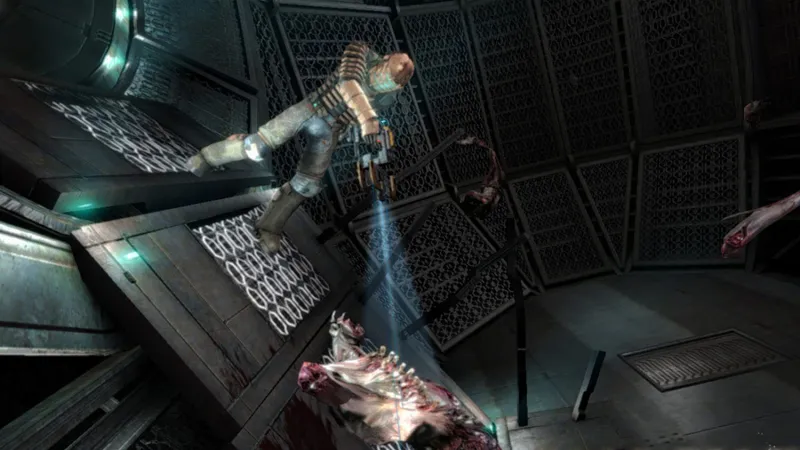

Our extra-large special edition is here. Subscribe today and receive the 25% longer issue at no extra cost!

A decade ago, Electronic Arts and Visceral Games entered the world of survival horror, surprising everyone with the violent tale of Isaac Clarke – an engineer who faced unimaginable terror and barely came out alive.
This article originally appeared abridged in the November 2018 issue of Game Informer.
In 2008, Electronic Arts was known primarily for its annual sports, racing titles, licensed games, and recurring franchises like Battlefield and Medal of Honor. Horror was not in its repertoire, and it shied away from making new game concepts. This made its decision to go up against survival horror’s biggest players like Resident Evil with a brand-new, unproven original universe a huge surprise. When Dead Space was announced, it was treated with qualified praise. The game was undeniably promising, but EA and Visceral had no track record for scary games, and players did not have the confidence the studio could deliver a truly terrifying experience.

In the face of players’ hesitancy, Dead Space proved it was more than capable. It released to critical acclaim (Game Informer gave it a 9.25) and experienced commercial success, selling more than two million copies and inspiring multiple sequels and spin-offs. Protagonist Isaac Clarke’s terrifying journey through the USG Ishimura hit a high bar for gamers. Taking on the monstrous necromorph threat while battling the inhospitable elements of space, provided an instantly engaging and consistently scary journey.
Michael Condrey, who co-founded Sledgehammer Games and recently co-directed Call of Duty: WWII, is credited as co-director on Dead Space and worked on the series from its inception. “Dead Space was an incredible experience for everyone involved, and a highlight in my 20-plus year career of making games,” Condrey says. Condrey helped develop the world and its lore, as well as its gameplay mechanics.
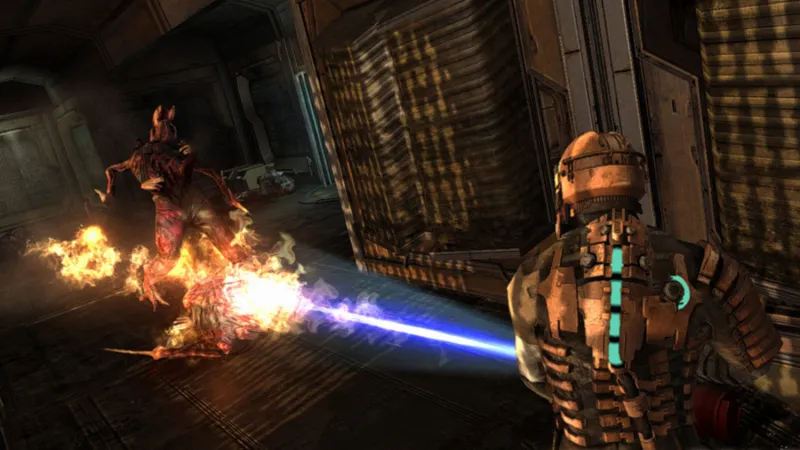
“We started a new team with a small core of less than 15 developers and pitched the concept through several stages of EA’s greenlight process.” Condrey says. “Within a short time, we had a playable prototype experience that began to capture the tension that would later become synonymous with Dead Space.” Resident Evil served as a major inspiration for the team, in both its early horror-focused forms and the later more action-focused format used in Resident Evil 4. “Initially, until we had a more developed prototype that people could play and experience for themselves, the creative northstar of ‘Resident Evil in Space’ and ‘survival-horror meets Alien’ captured the spirit of the art and design targets for the team,” Condrey says.
System Shock was another influence for Dead Space based on its similar atmosphere and horror elements. The comparisons were so strong that after Dead Space’s release, rumors surfaced that it originally began development as a System Shock sequel. “System Shock is an undeniable classic, and part of a highly acclaimed EA-owned franchise that had gone dormant,” Condrey says. “While we were inspired by both the original and its sequel, Dead Space was never officially attached to the System Shock franchise in any capacity.”
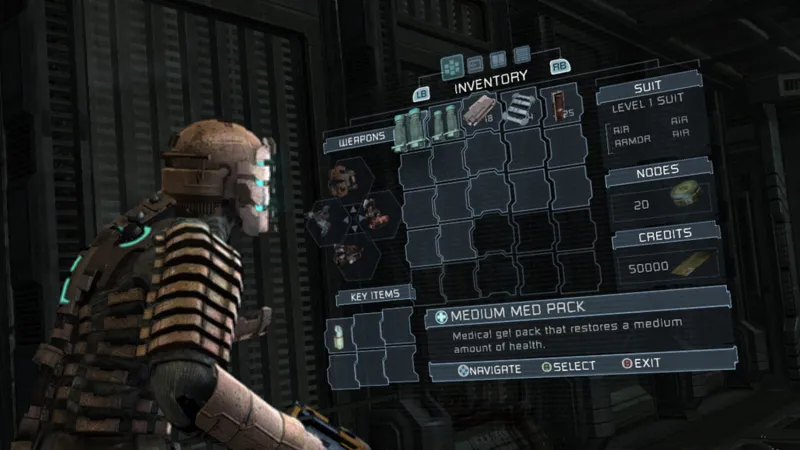
Rich Briggs was a producer on both Dead Space and its sequel, but you probably know him best as the face of the man who violently transforms into a necromorph in the opening moments of Dead Space 2. “I’ve always been honored to be the first person killed in Dead Space 2,” Briggs says. “I, evidently, had the perfectly shaped head to let it transform into a necromoprh. By nature of my skull, I was the natural fit.” Briggs says the original game was in development longer than the typical EA-published game. “It was a game that I think was a long time coming and it took a long time to convince people it was the right game to make at the right time, but we were really excited by the fan response and it was a ton of fun working on.”
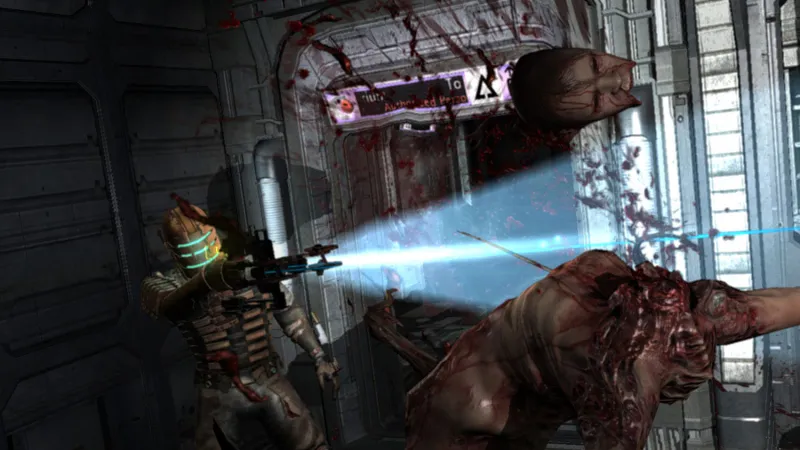
As the world was developed during pre-production, it morphed and evolved. “In total, the game was in development for nearly three years, the longest time I’d had to develop a game up to that point,” Condrey says. Since it was a small team, EA was comfortable giving it space. “The time allowed us to take some risks, learn from some misses, and innovate in ways we hadn’t been afforded on shorter development cycles,” Condrey says. “The development also spanned the console transition from PS2 to PS3, and the added time also allowed us to push on engine technology advancements in important areas like rendering and audio that were key to delivering on the gritty and visceral atmosphere.”
One of Dead Space’s most defining mechanics is the way you attack the necromorph threat. Instead of aiming for their heads, you used Clarke’s Plasma Cutter weapons, frequently in combination with the time-slowing stasis ability, to aim for the limbs and dismember the creatures. “The combination of the two together opened up a host of amazing combat and puzzle- based mechanics that exceeded our initial hopes, and became a cornerstone,” Condrey says.
Dead Space was more than just fighting scary monsters in space, though. One of the reasons it stood out was because the world in which Dead Space takes place is a fully realized one. “Topics like religious zealots, depletion of natural resources, and the exploits of a rogue state beyond Earth’s laws, were key to capturing a relatable version of a future conflict that players would embrace as plausible, and provoking,” Condrey says. “The series Black Mirror captures a similar dark imagination for me today.”
Notwithstanding the success of the Dead Space series, the franchise went dark following the launch of Dead Space 3. The third entry was critically the weakest of the main trilogy; EA said it did not sell as well as it hoped. Despite leaving EA to found Sledgehammer Games before the second and third entries released, Condrey says he would love to see it return. “I can’t believe that October marked 10 years since the game released,” Condrey says. “I love thinking about what a new hardware generation return to the Dead Space mythos might mean for gamers. The original game remains near and dear to many of us, and I’d want the return only if it is treated with the same passion and care that the team brought to the original game.”
You can watch us revisit Dead Space in a recent episode of Replay below.
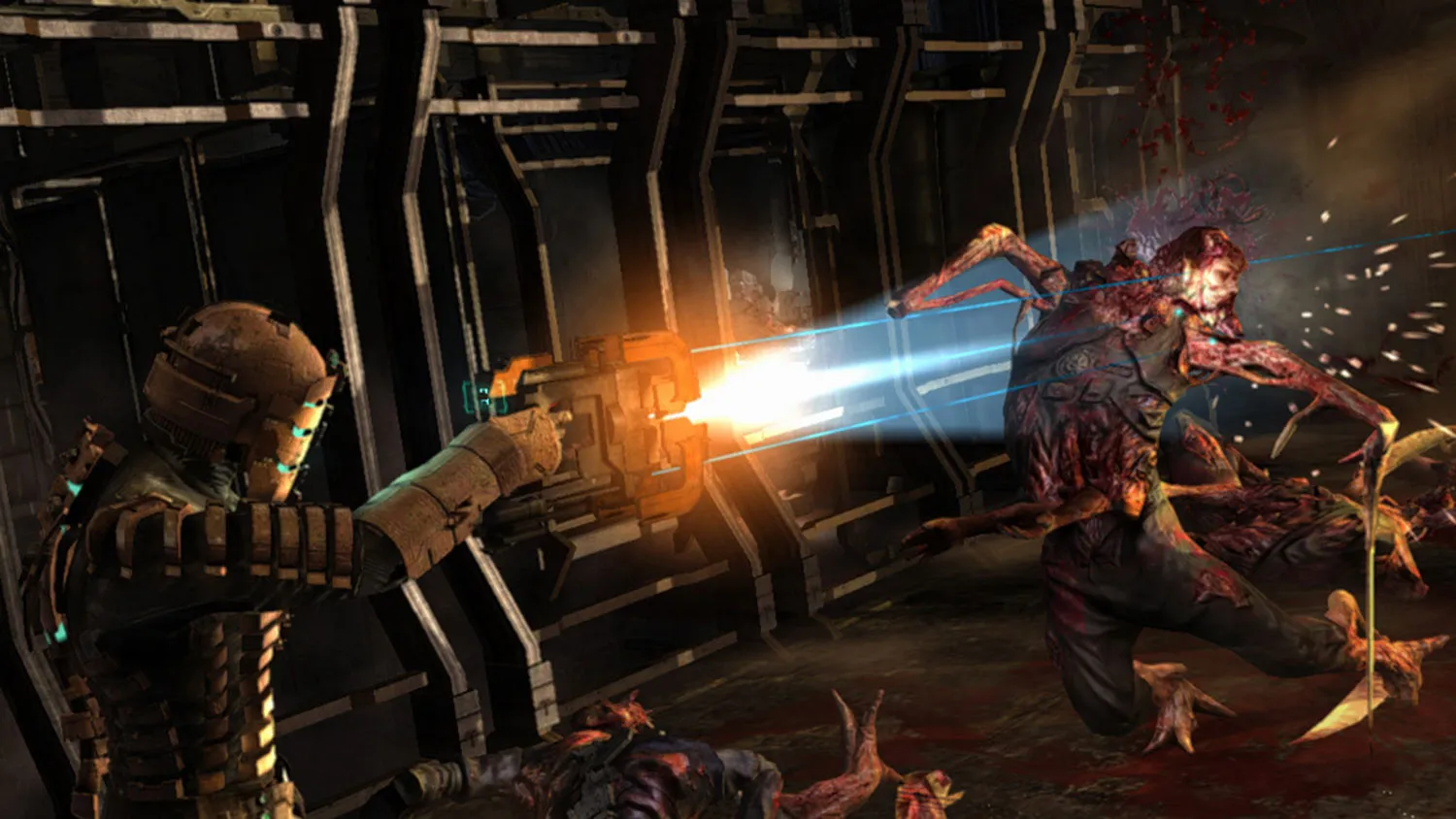
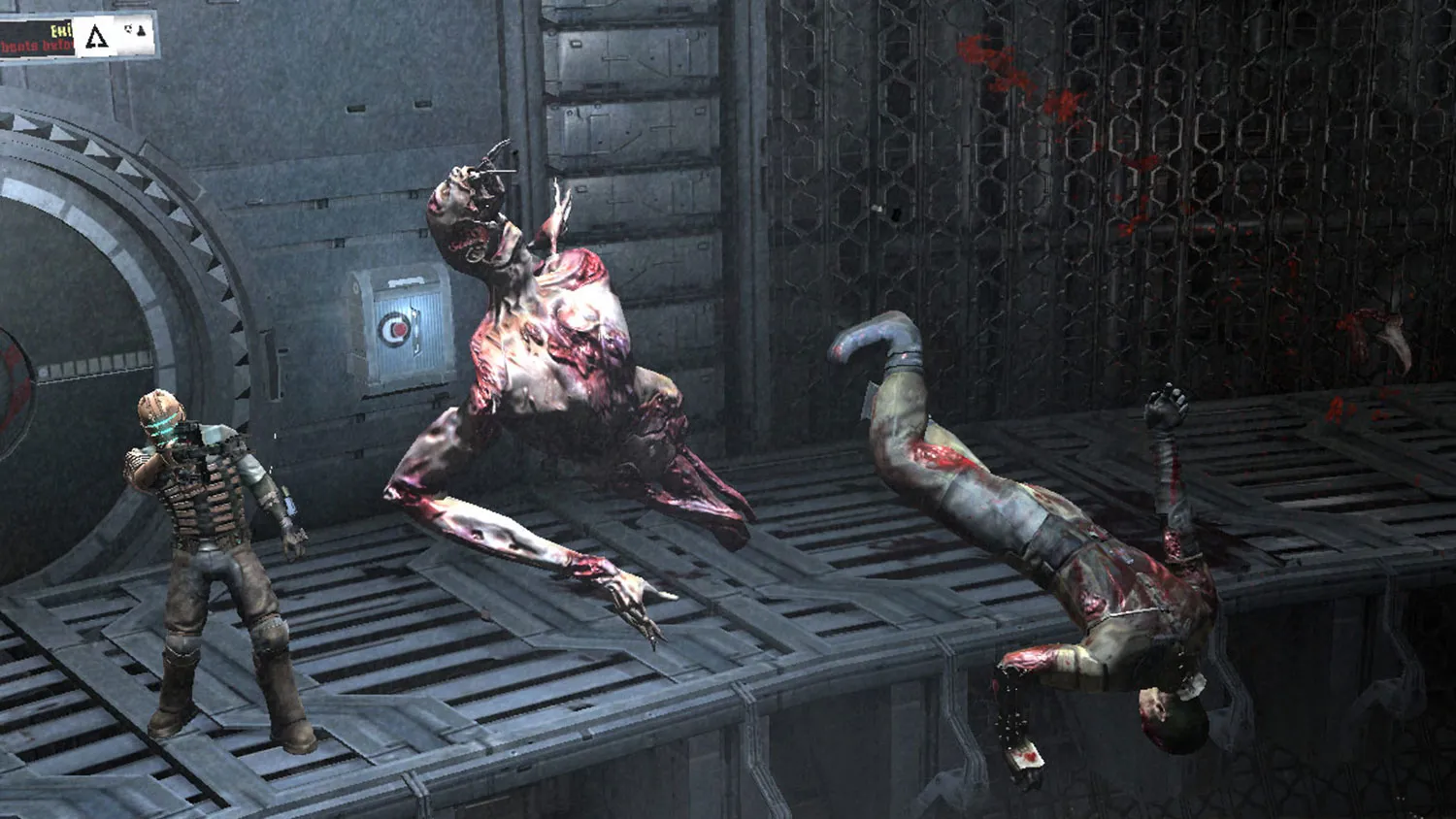
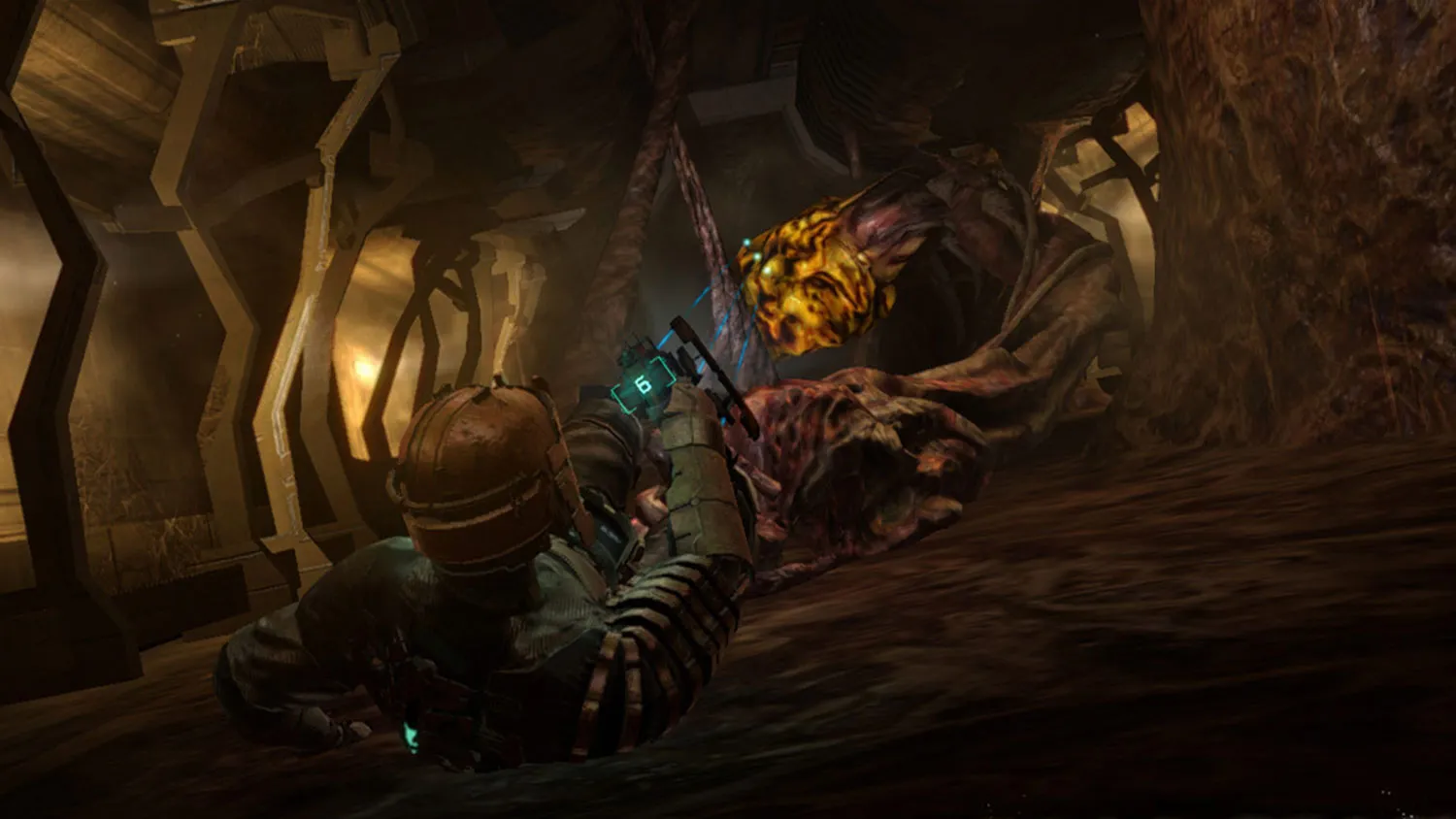
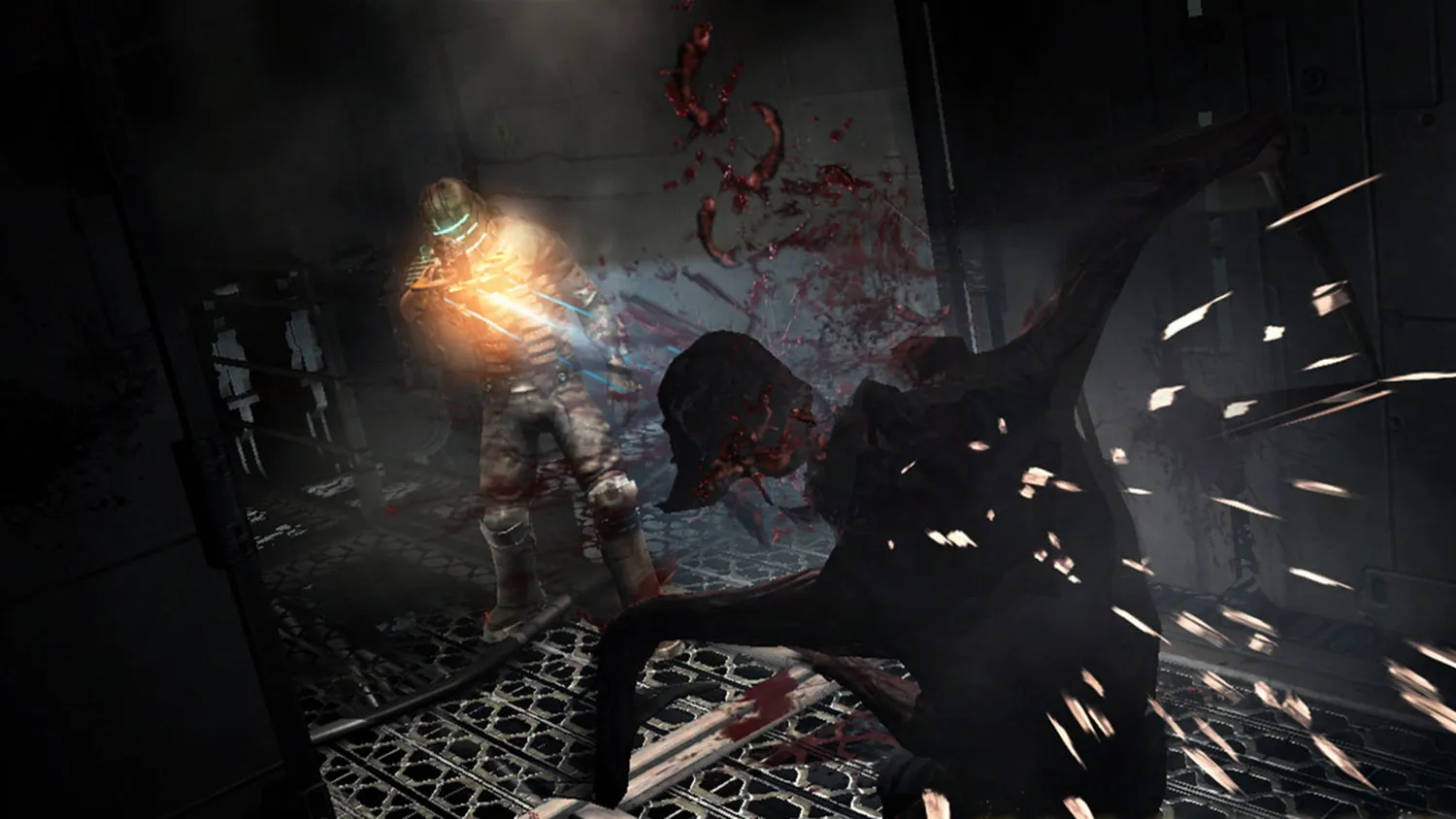
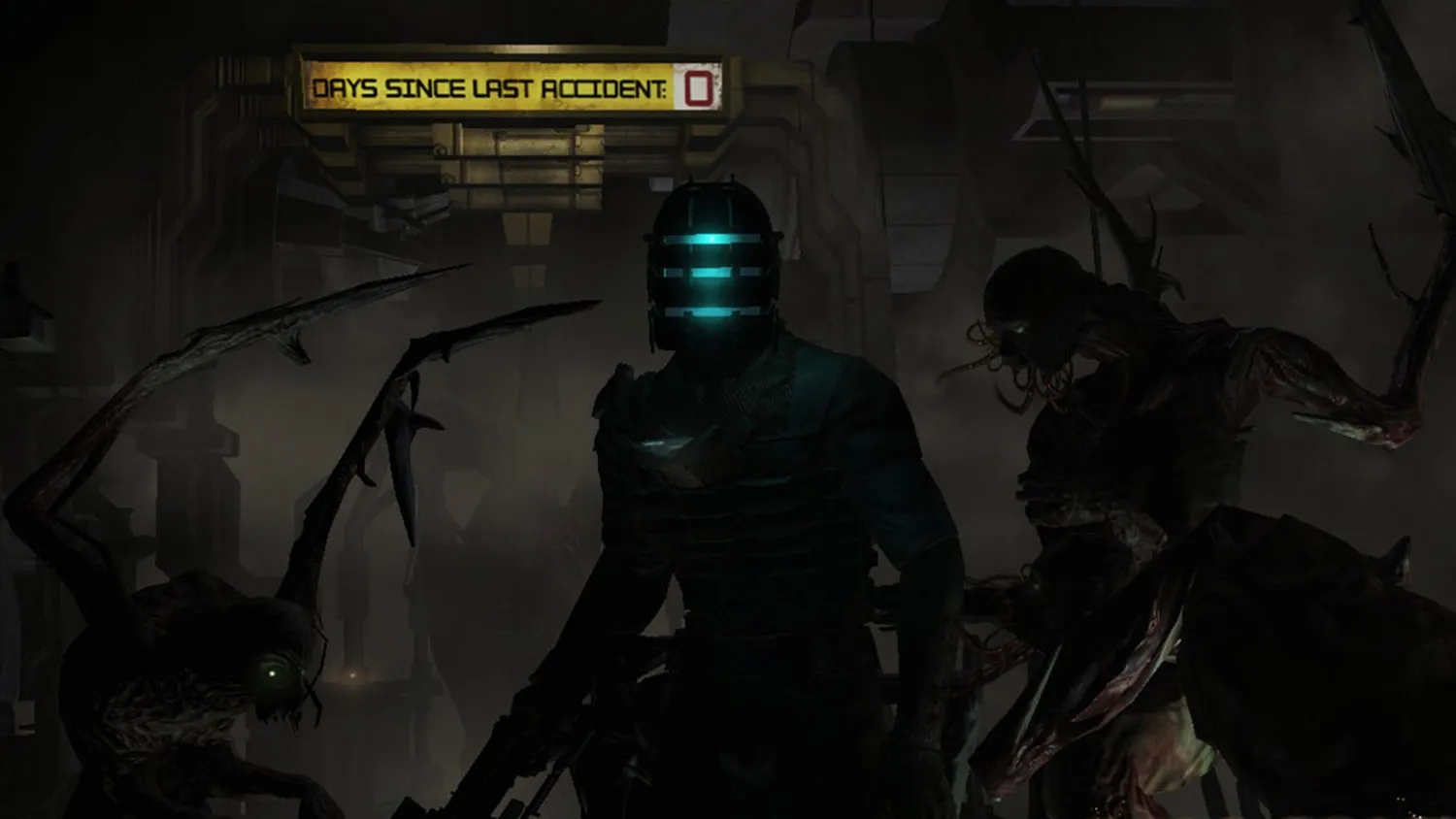
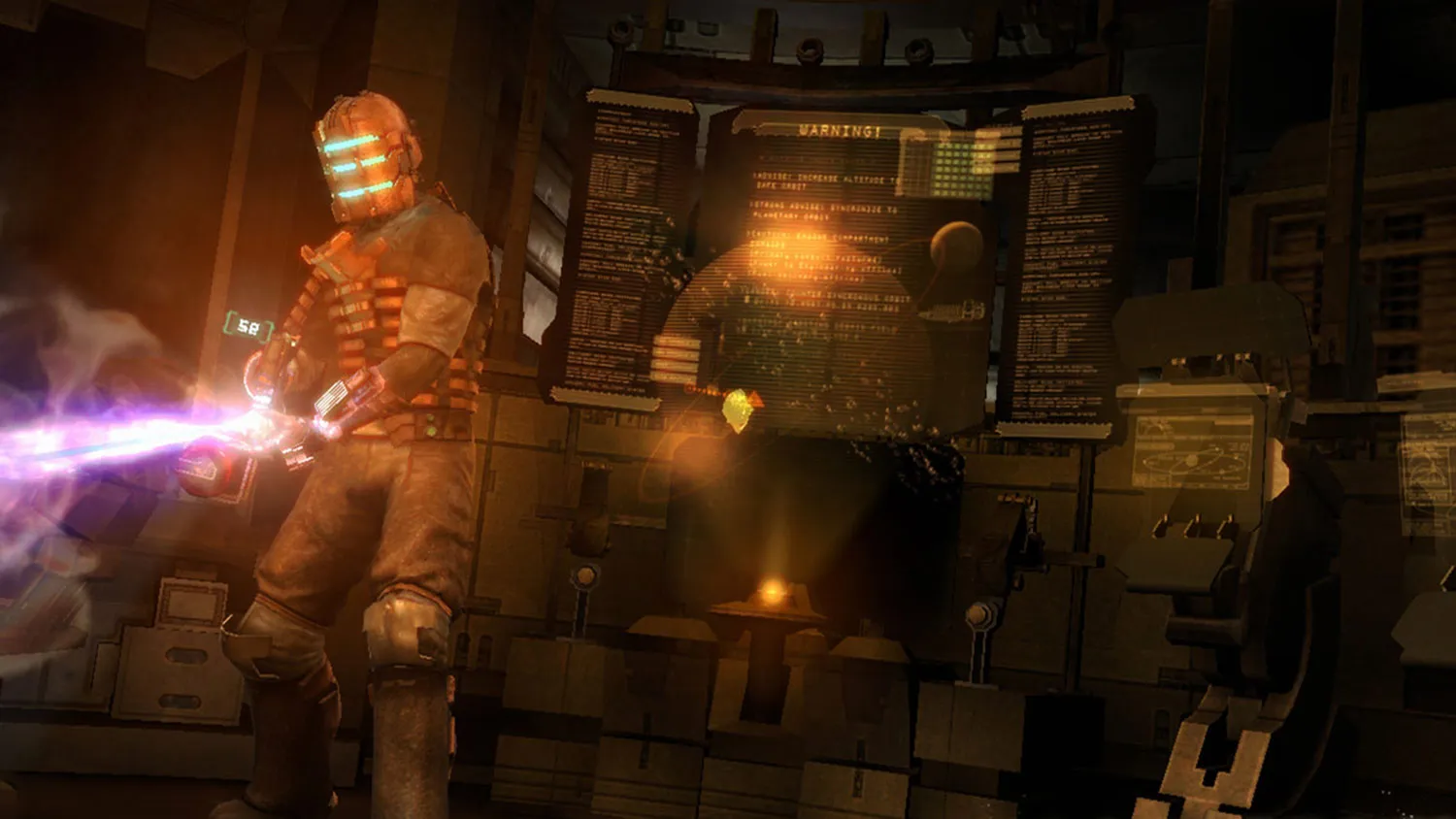
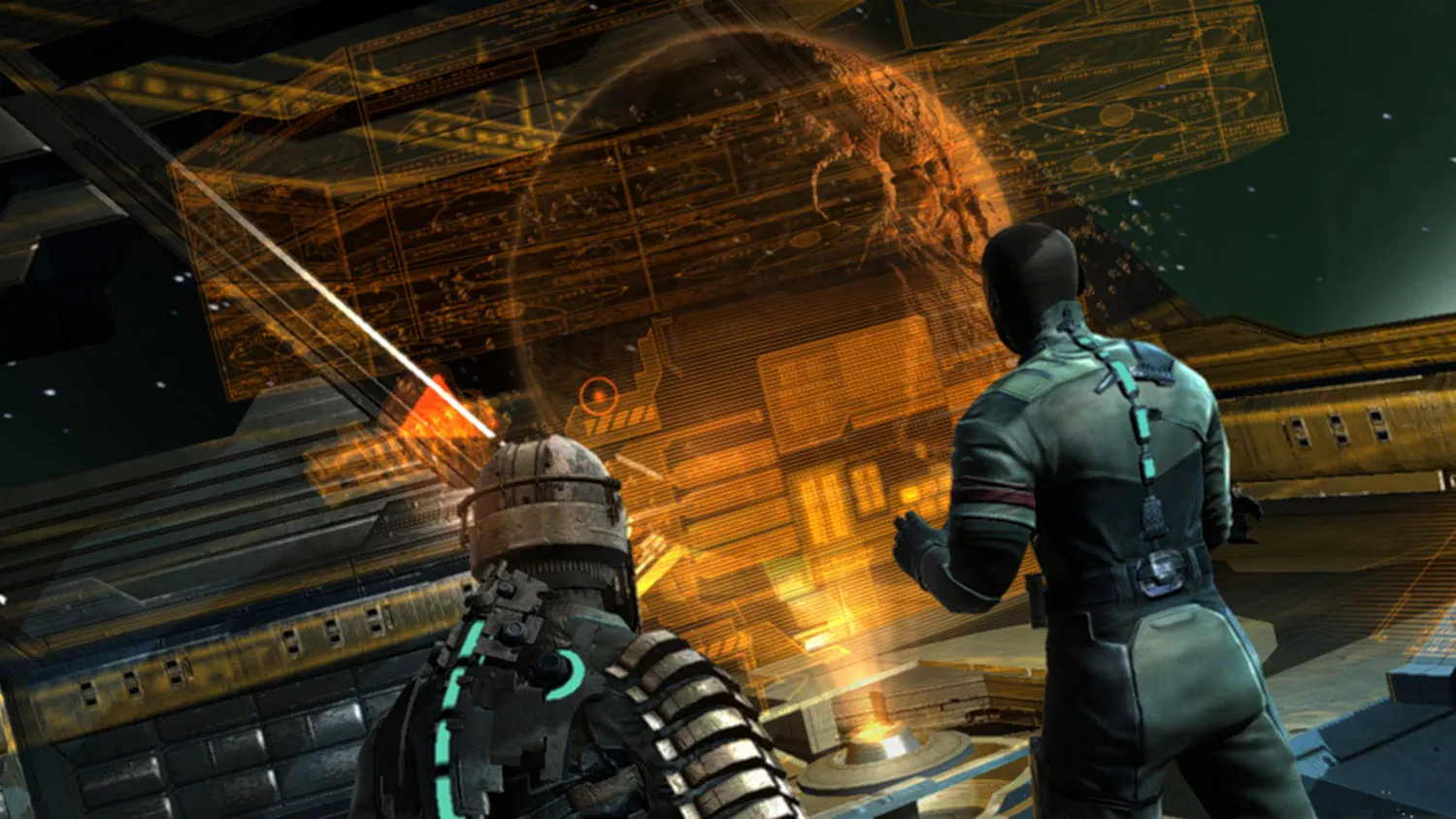
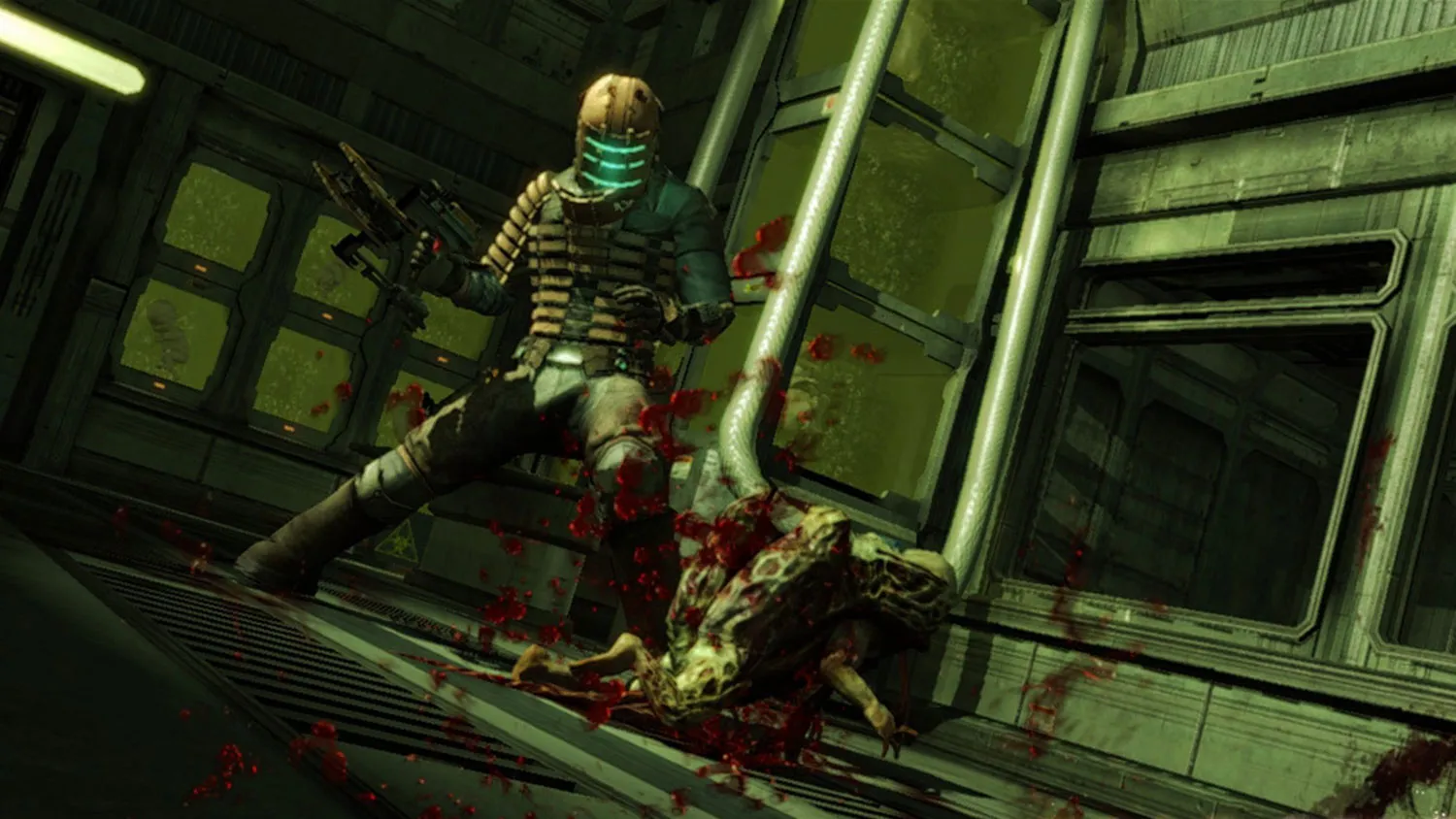
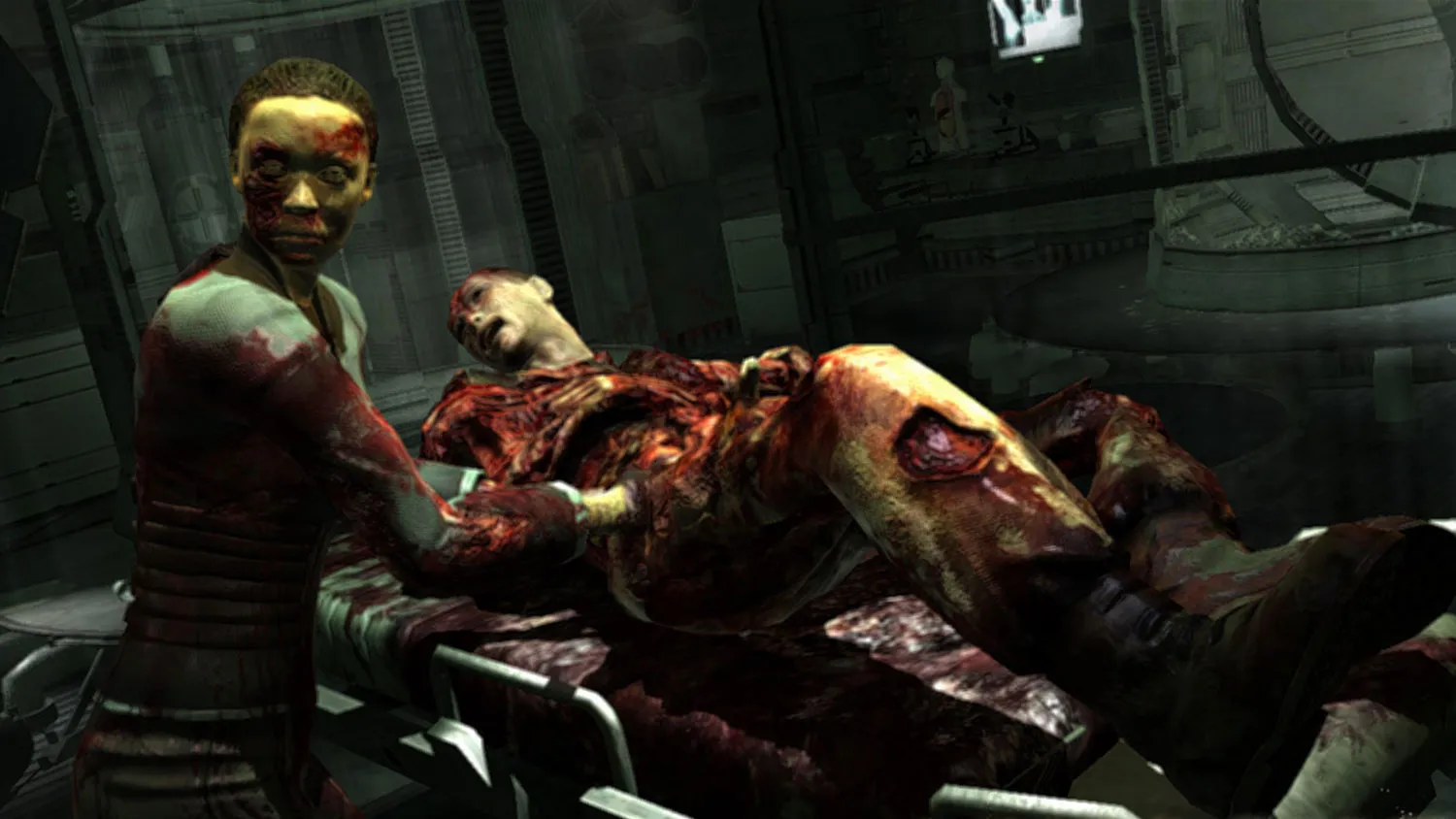

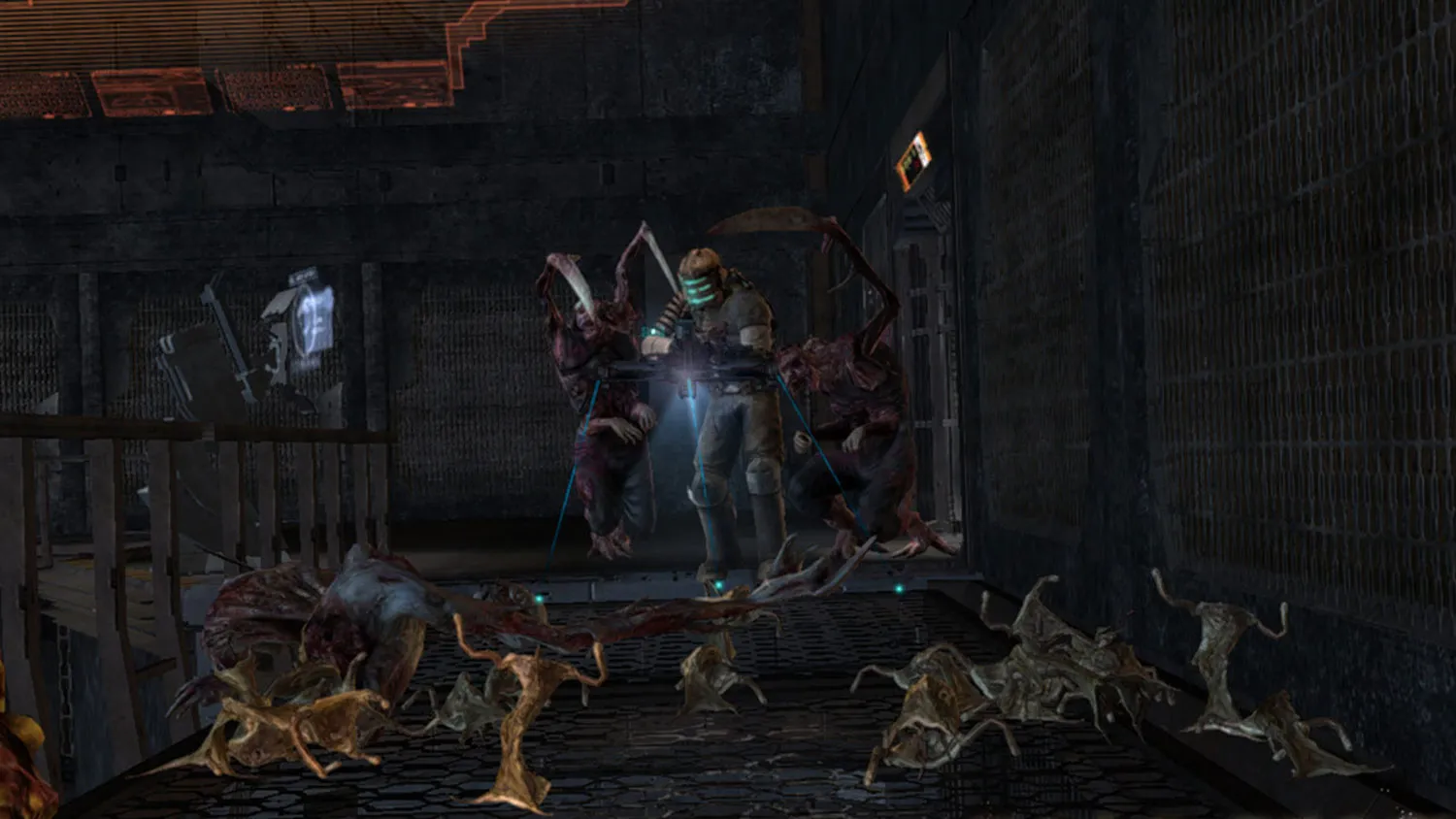
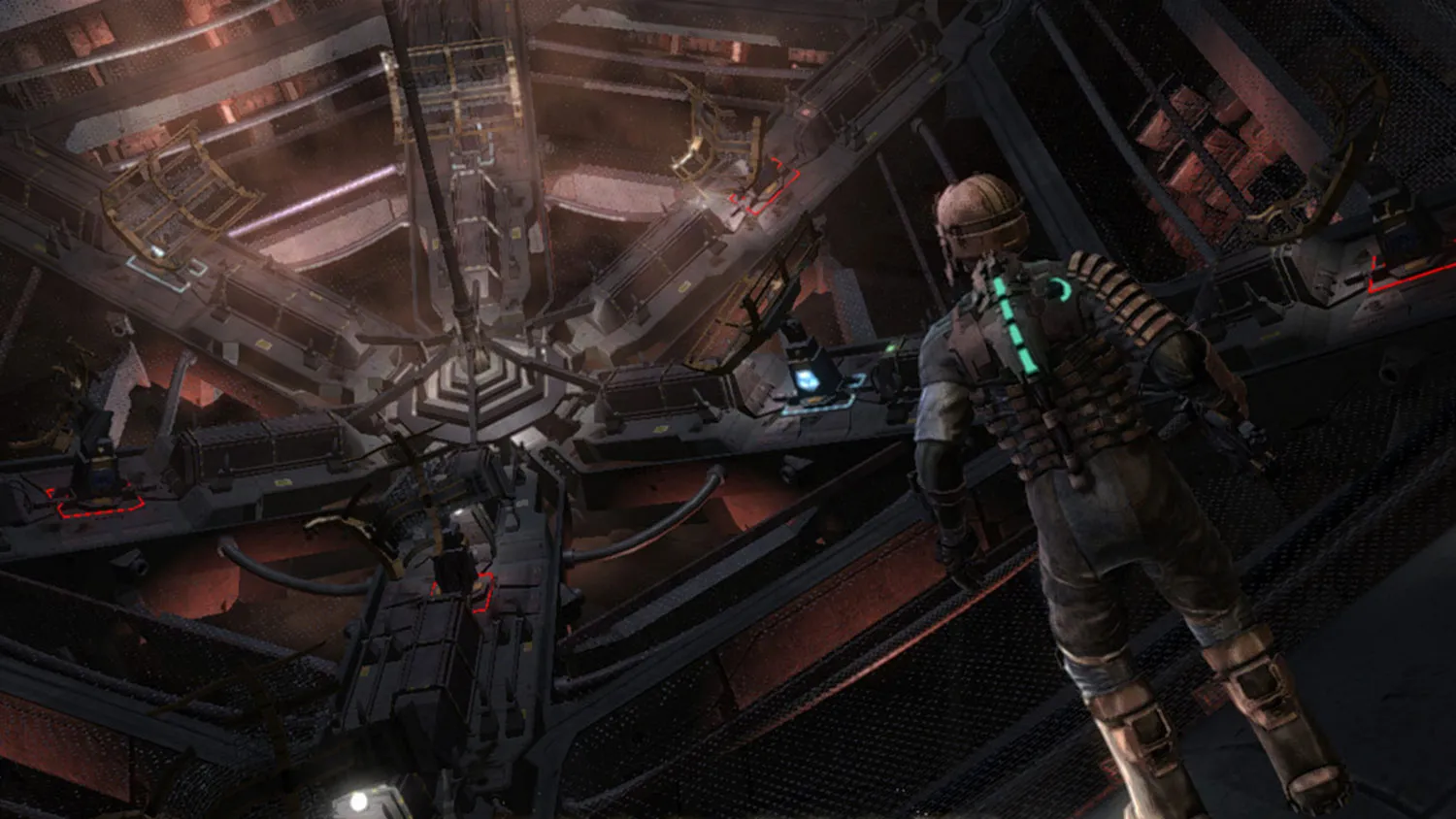
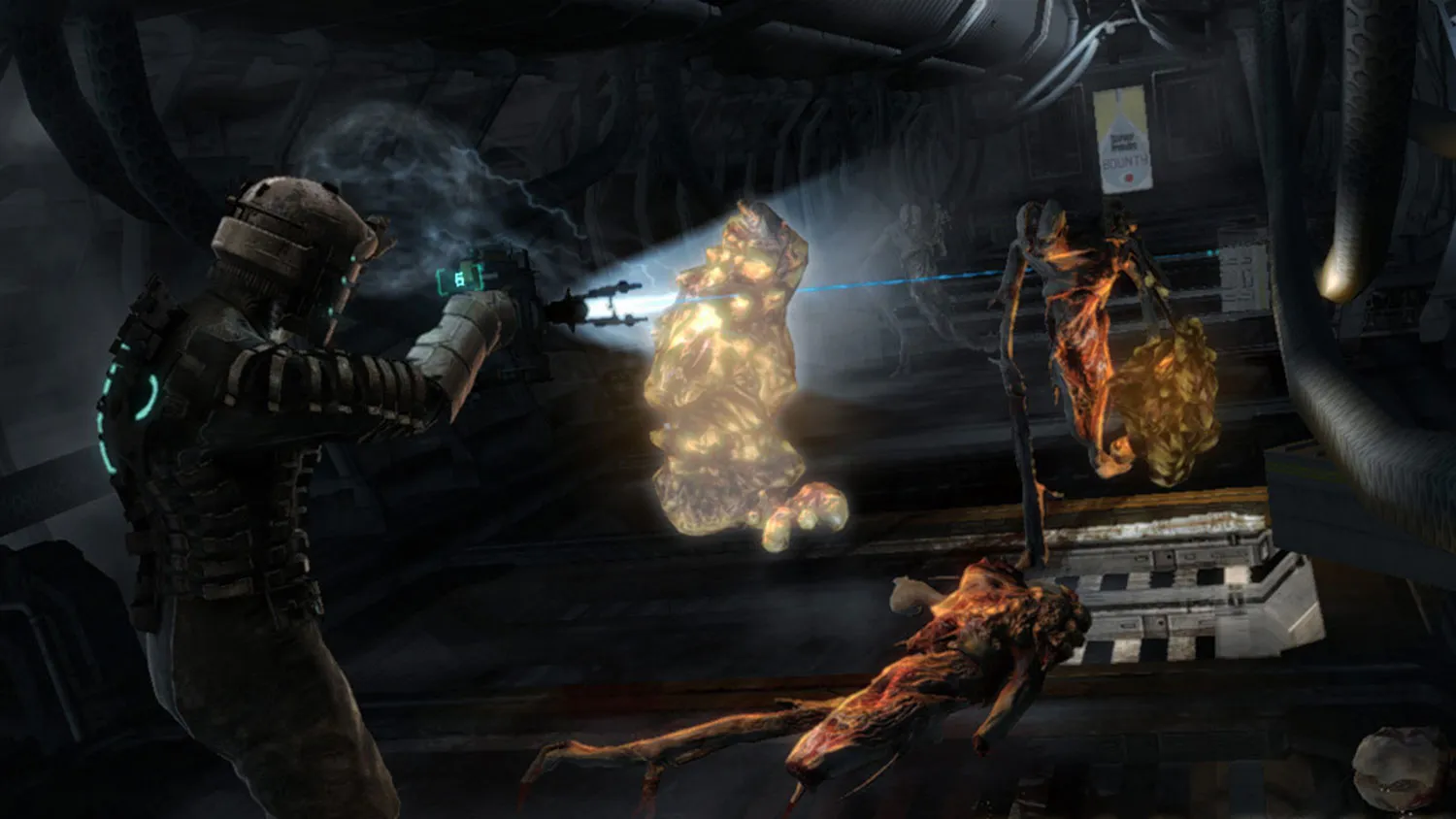
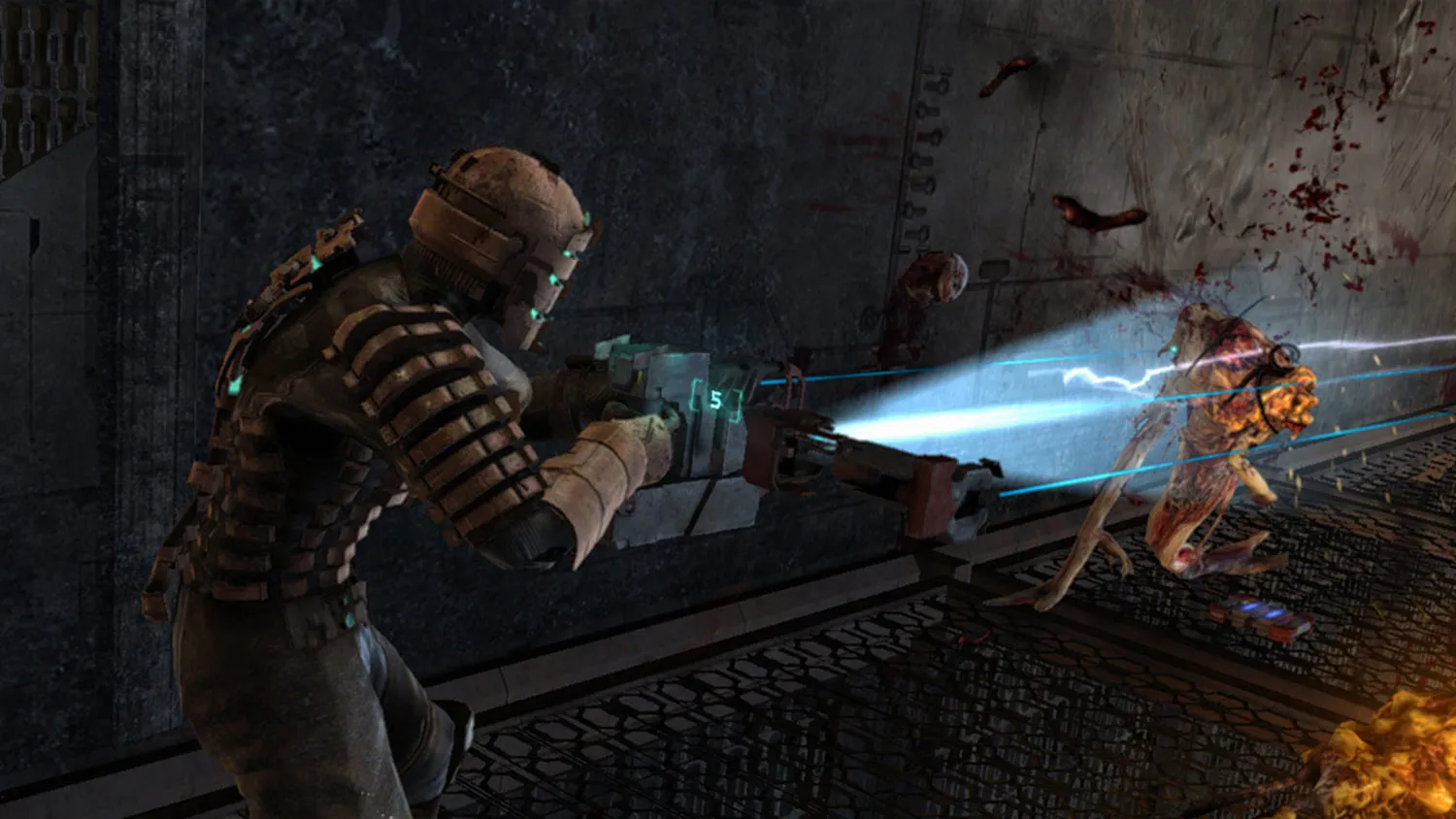

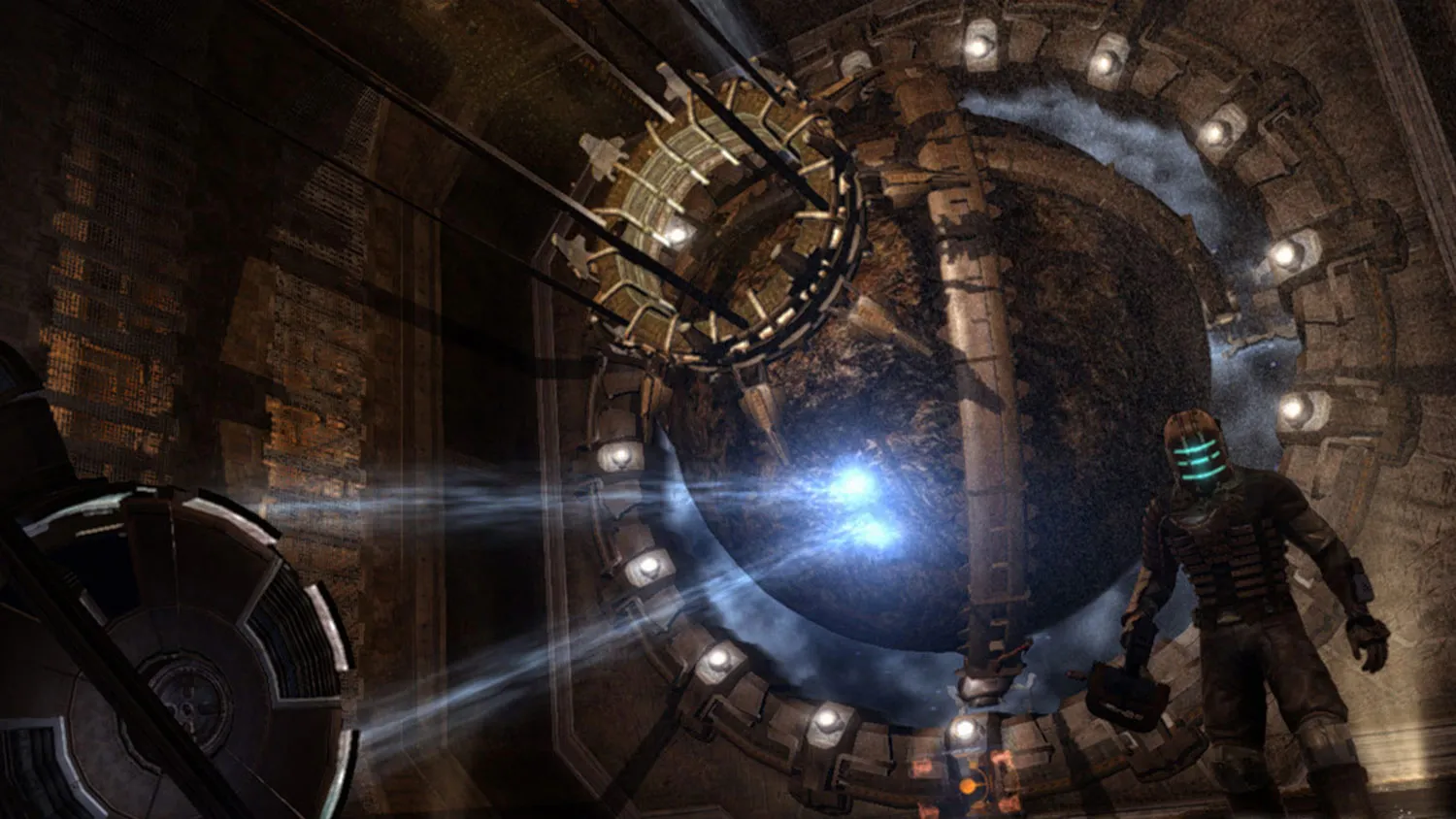
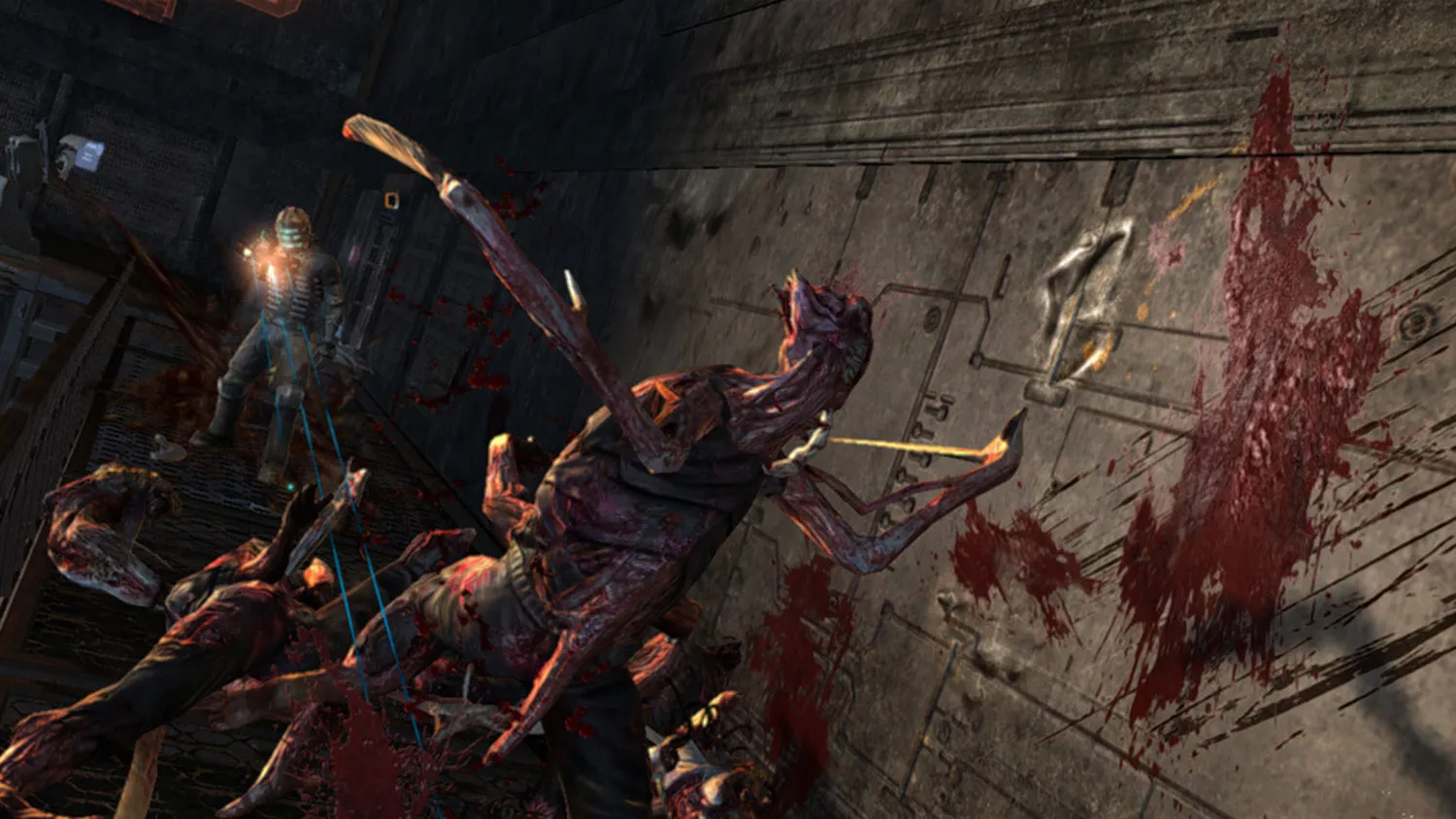

Explore your favorite games in premium print format, delivered to your door.